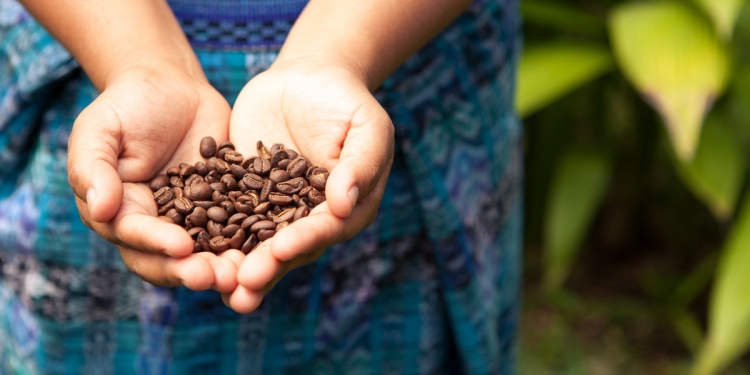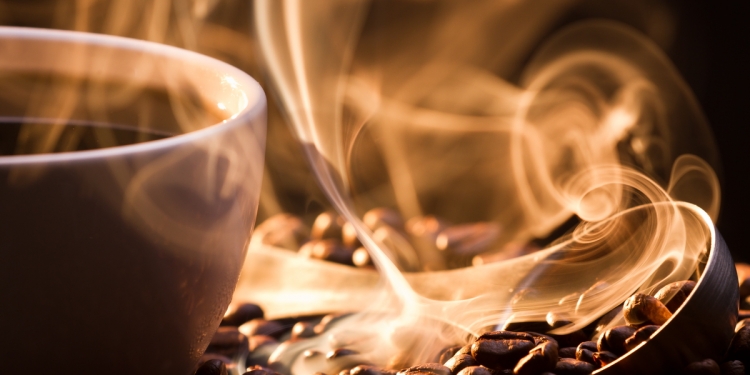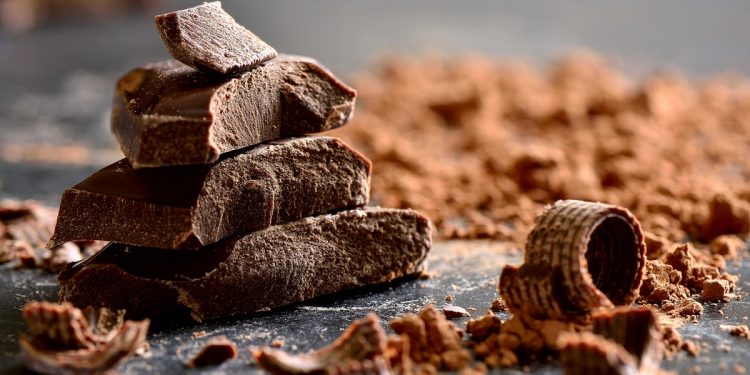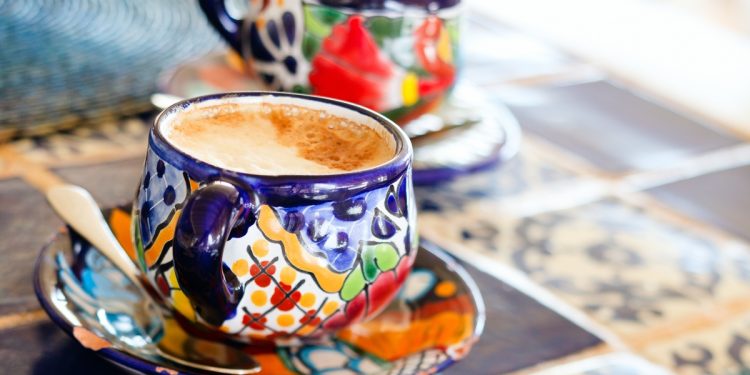Mexico is known for growing high quality coffee, even though domestic consumption is fairly modest at less than three pounds per person per year—and most of that consumed as instant coffee.
A snapshot of Mexican coffee production
Mexican coffee production is widespread, with more than 300,000 mostly small growers dedicated to its cultivation across 15 of Mexico’s 32 states, and despite the country being the 10th largest coffee producer in the world, the crop makes up only a small fraction of the country’s agricultural output.
Most of the coffee grown in Mexico is of the arabica kind, and more than a third is grown at high elevation which yields the higher quality, and more expensive, varieties of beans. Much of it is grown in the shade, which adds to the quality of the coffee.
Quality and yield improving after ‘leaf rust’ blight
Coffee yields have recovered in recent years after a blight of ‘leaf rust’ devastated crops and caused production to fall by half between 2012 and 2016. However, as the recovery emerges, regions most affected by the blight appear now to be producing some exceptional coffee beans with improving yields. In the 2019-2020 season, producers harvested about 3.7 million 60-kilogram (132 pound) bags, and that is forecast to increase to 3.9 million bags in the 2020-2021 season. Although less acreage is expected to be planted, efforts have been made to increase the number of plants per hectare and to plant with more disease resistant trees.
Mexico’s coffee-growing regions
Mexico has four principal growing regions, and the coffees that emanate from each one carry distinct flavors and aromas, influenced by the local terrain, rich volcanic soils, the climate, and elevation.
Chiapas: distinct, highly sought-after coffee
Mexico’s southernmost state of Chiapas is the country’s biggest coffee producer, accounting for more than 40% of the annual crop. The high rainfall in this region keeps the volcanic soils moist which is ideal for coffee growers. The best arabica coffees from Chiapas carry a smooth, medium-bodied taste, with bright yet moderated acidity, and hints of cacao. The aroma from these coffees is strong, often chocolatey, but they tend to be smooth and creamy on the palate and often have hints of a caramel-like sweetness to them. Some coffee connoisseurs consider Chiapas’s coffee to be the among the best of all Mexican coffees.
Veracruz: dark and bold volcanic influences
The state of Veracruz situated along the shores of Mexico’s Gulf coast produces about a quarter of the country’s coffee. Veracruz’s topography climbs steeply from the coastal plains into an elevated mountainous terrain that provides ideal growing conditions for arabica coffee beans. The coffee from this region is known for its distinct combination of being smooth and full-bodied, with a balanced acidity that carries undertones of nut and chocolate in its flavors. The nutrient-rich, dark volcanic soils of this region imbue their influence into the taste of this region’s coffee.
Oaxaca: noticeably milder, and refreshing
Mexico’s state of Oaxaca, bordering Chiapas on the south side, Veracruz to the east, Puebla on north side, and descending from its central highlands to the shores of the Pacific Ocean in the west is also a terrain permeated with volcanic nutrients and plenty of moisture. The Pluma region is the most renowned for coffee growing in Oaxaca, and beans here are grown at lower elevations that produces a range of distinct flavors. Milder than most other Mexican coffees, Oaxacan beans carry a sweeter caramel overtone, a light citrus acidity that gives them a refreshing taste, a creamy body and, like many Mexican coffees, they also carry base notes of cacao.
Puebla: the dark horse of Mexico’s coffee regions
The Sierra Norte region in the state of Puebla, southeast of Mexico City, produces around 15% of the country’s coffee. This highland region is the least well-known of Mexico’s coffee growing regions and coffees produced here are strongly influenced by the elevation and diversity of nutrients from this terrain that is watched over by Popocatepetl, Mexico’s most famous —and active— volcano. The beans harvested from this region create a complex coffee flavor that includes notes of vanilla, citrus, nutmeg, and cacao.
Imported coffees continue to thrive in Mexico
Notwithstanding the wide availability of fine home-grown coffees, around half of the coffee consumed in Mexico is imported.
This is partly because Mexican producers focus on growing the finer quality arabica varieties, instead of the lower grade robusta beans employed for making the instant coffee that remains popular here, and is likely also driven by demand for specialty beans and brands among coffee drinkers in Mexico’s urban areas who can afford to be choosy.
Imported coffee brands, which include erstwhile names like Lavazza and Illy, elaborated using arabica beans —whether from Colombia, Costa Rica or even parts of Africa— are invariably more expensive than similar quality Mexican coffee. A touch of malinchismo might be at play, or simply a yen for variety.
Mexico in your inbox
Our free newsletter about Mexico brings you a monthly round-up of recently published stories and opportunities, as well as gems from our archives.







Fellow Americans from Texas (the McKinnons) who currently live in Puerto Vallarta just started their own coffee company called Con Todo Coffee made from beans in the Chiapas region. It’s really good coffee and an awesome way to get Mexican coffee from fellow expats!
Where can that be bought and what does it cost?